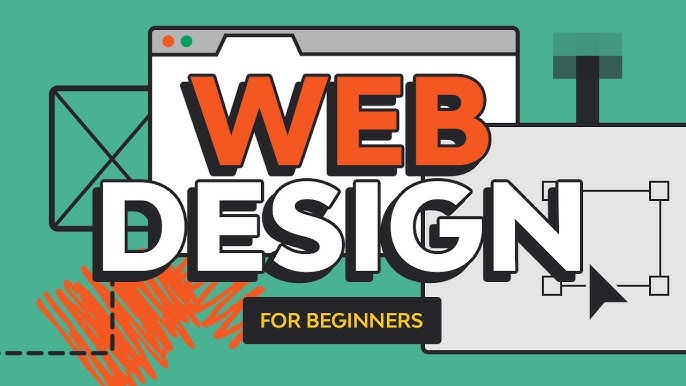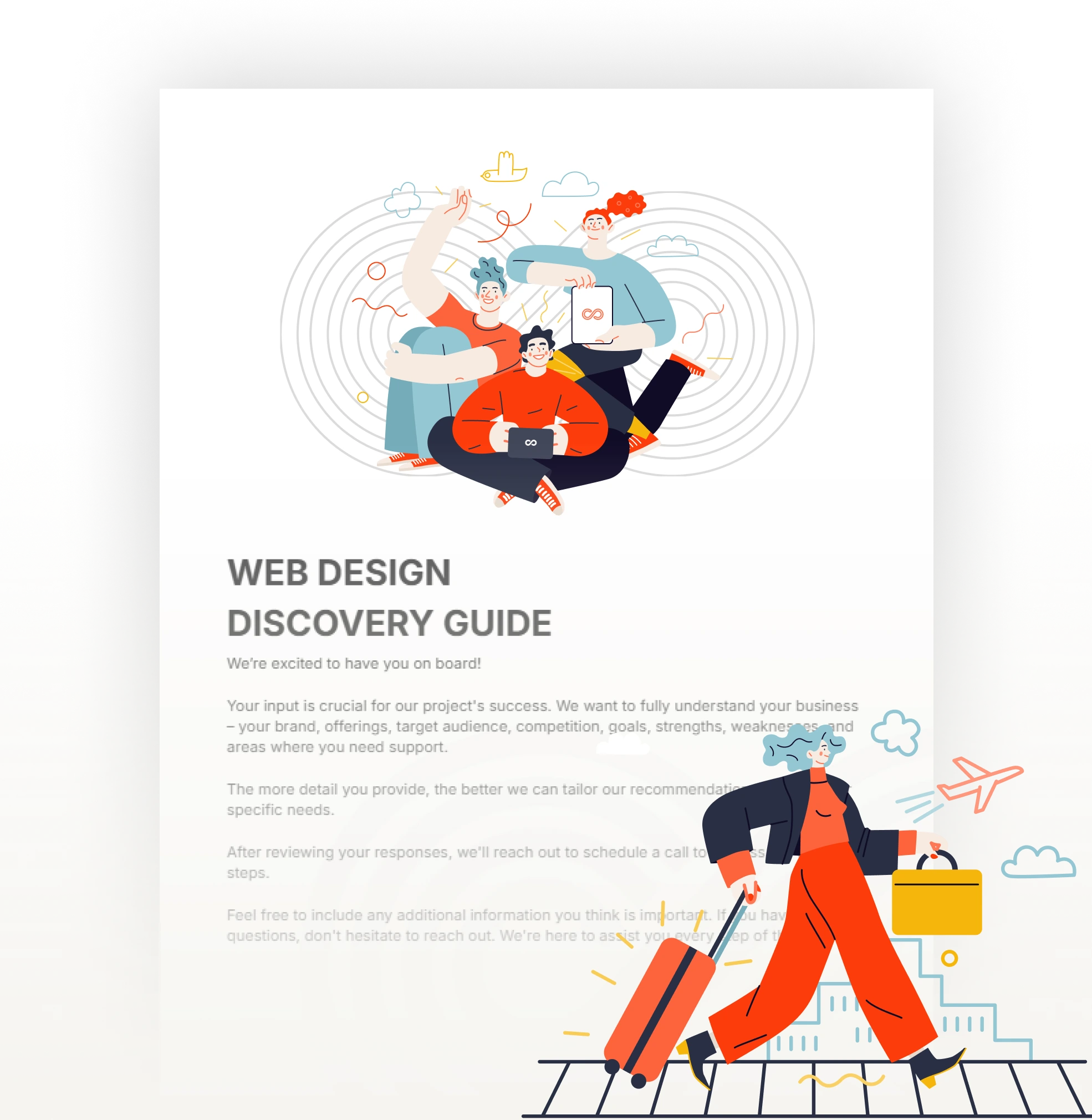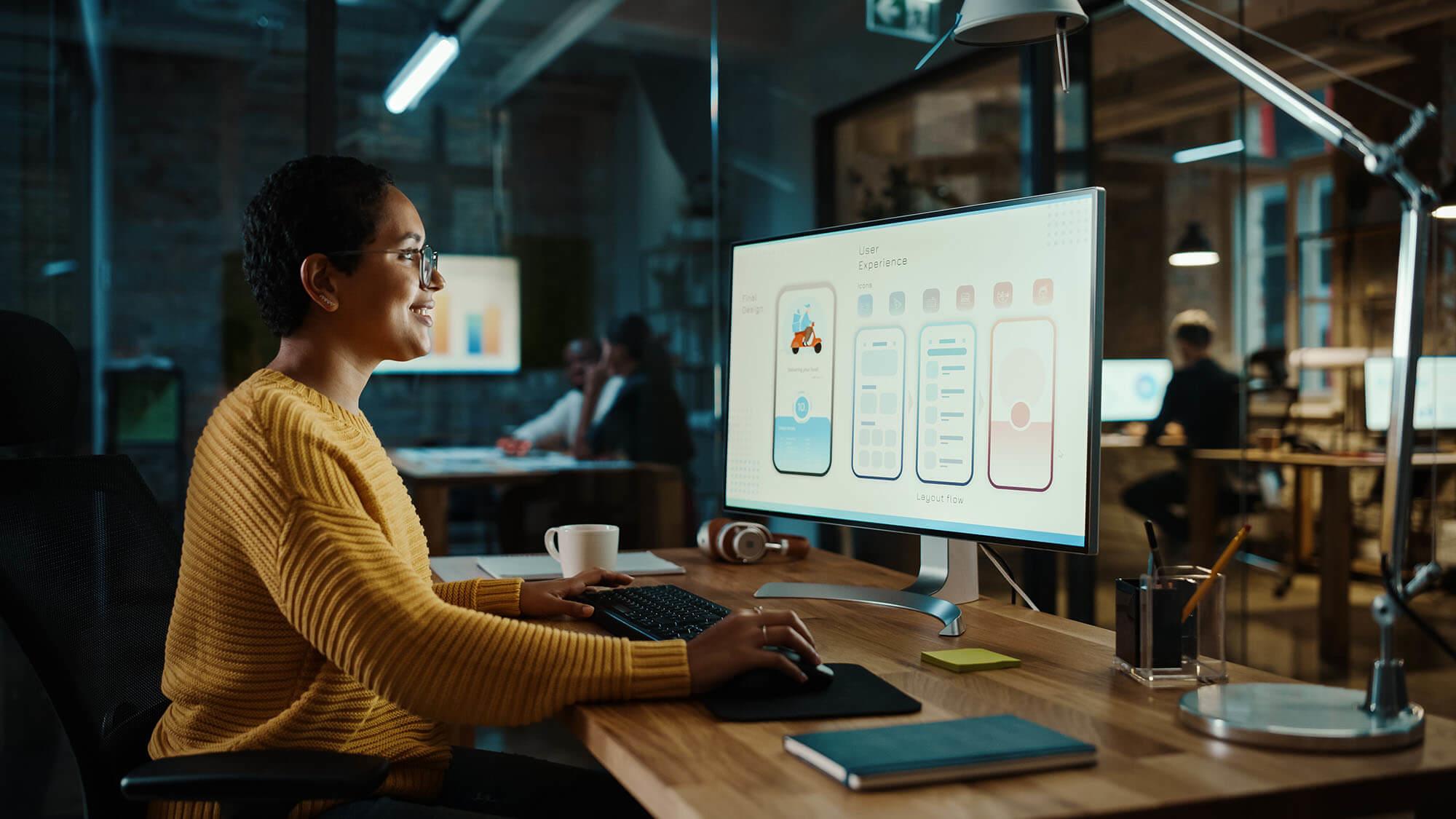Aligned Position Web Design: Expert Web Design Strategies for Achieving Business Goals Online
Aligned Position Web Design: Expert Web Design Strategies for Achieving Business Goals Online
Blog Article
The Very Best Kinds Of Web Layout to Enhance Customer Experience and Engagement
In the ever-evolving landscape of electronic interaction, the effectiveness of Web design dramatically impacts customer experience and interaction. Different design strategies, such as minimalist, receptive, and interactive layouts, each offer one-of-a-kind benefits that can accommodate diverse user demands. Understanding which types of website design ideal offer these purposes can be essential for businesses aiming to improve client satisfaction and retention. Nonetheless, the concern remains: which layout elements truly resonate with users and foster meaningful engagement? The exploration of these principles reveals important insights that might redefine your technique to website design.
Minimalist Website Design
As electronic landscapes end up being progressively chaotic, minimalist Web style has arised as a powerful strategy to enhancing customer experience. This design ideology prioritizes simplicity, concentrating on vital components while getting rid of unneeded disturbances. By utilizing enough white room, uncomplicated navigating, and a limited color combination, minimalist layout cultivates clearness and routes user interest to crucial material.
The core principle of minimal Web layout is to develop a smooth communication for users. By minimizing cognitive load, users can swiftly grasp details without feeling bewildered. This straight technique not just boosts usability however also motivates engagement, as visitors are a lot more most likely to explore a website that is visually enticing and very easy to browse.
Additionally, minimal style typically emphasizes typography and imagery, making use of these components strategically to communicate messages effectively. This emphasis on crucial parts can boost brand name identity and develop a memorable user experience. In essence, minimalist website design is not just a fad; it is a thoughtful approach that recognizes the value of user-centered layout. By removing away additional aspects, designers can produce an extra appealing, effective, and pleasurable Web experience for all customers.
Responsive Website Design
In today's varied digital atmosphere, responsive Web design has actually become essential for producing a seamless individual experience throughout a wide variety of devices. As individuals gain access to sites on smartphones, desktops, laptop computers, and tablets, the capacity of an internet site to adjust its layout and material to various screen dimensions and resolutions is crucial.
Receptive website design utilizes adaptable grids, images, and CSS media inquiries to make sure that Web content is offered optimally, despite the gadget made use of. This approach not only enhances the visual appeal of a website yet additionally substantially improves usability. Users are a lot more likely to engage with a site that provides a constant experience, as it gets rid of the frustration of needing to zoom in or scroll excessively.
By embracing receptive style, companies can improve their exposure and get to a broader audience. In summary, receptive Web style is an essential practice that boosts individual experience, interaction, and overall satisfaction.
Interactive Website Design
Receptive Web style lays the groundwork for boosting user experience, yet interactive website design takes this a step even more by involving individuals in an extra vibrant way - Aligned Position Web Design. By integrating aspects such as computer animations, clickable models, and real-time responses, interactive Web design astounds customers, attracting them into a richer browsing experience
This method not just fosters engagement yet additionally motivates individuals to discover websites content proactively instead of passively eating it. Strategies such as gamification, where users earn benefits for finishing tasks, can dramatically boost the moment invested in a site and boost overall contentment. Additionally, interactive attributes can streamline complicated information, making it a lot more enjoyable and absorbable.

Incorporating interactive style components can also bring about greater conversion prices, as customers are extra most likely to engage with a website that proactively here includes them. Aligned Position Web Design. Eventually, interactive Web style changes individual experiences right into memorable trips, making sure that visitors return time after time
Flat Design
Identified by its minimalistic method, flat style highlights simpleness and capability, removing unneeded components and focusing on necessary attributes. This style approach prioritizes usability, ensuring that individuals can navigate interfaces with ease and efficiency. By utilizing a tidy aesthetic, level layout gets rid of the clutter often found in extra ornate styles, consequently boosting customer emphasis on material and functionality.
The trademark of flat layout depends on its use bold colors, basic typography, and geometric shapes. These elements add to a visually enticing user interface that is both approachable and modern-day. Additionally, level layout cultivates a sense of quality, permitting individuals to discern important activities and details without distraction.
Additionally, level design is specifically reliable in receptive Web style, as its simpleness translates well throughout numerous tools and display sizes. By focusing on crucial features, level layout not just fulfills user requirements however additionally encourages seamless interaction, making it a crucial part of effective Web style approaches.
Flexible Website Design
Flexible website design customizes the user experience by producing multiple repaired designs customized to various display dimensions and tools. Unlike receptive style, which fluidly changes a solitary design, flexible style utilizes distinct formats for certain breakpoints, making certain optimum discussion on various platforms. This approach permits developers to concentrate on the special attributes of each device, enhancing usability by delivering precisely what customers require based on their context.
Among the main advantages of adaptive website design is its ability to optimize tons times and performance. By serving tailored web content and photos that fit the customer's gadget, internet sites can reduce data usage and boost loading rates. This is especially helpful for customers with slower connections or limited information strategies.

Furthermore, adaptive layout helps with an extra regular and controlled branding experience. Because developers create several formats, they can ensure that the visual components align with the brand's identity throughout various platforms - Aligned Position Web Design. This leads to a natural customer experience, enhancing involvement and promoting individual retention
Verdict
Minimalist layout cultivates quality and emphasis, while responsive style guarantees adaptability across numerous tools, advertising availability. Collectively, these design approaches add to the production of straightforward atmospheres that not only improve satisfaction yet likewise drive higher conversion prices, emphasizing their important value in contemporary Web layout methods.

Minimalist design promotes clearness and emphasis, while receptive style makes certain adaptability across various devices, promoting ease of access. Collectively, these style approaches contribute to the development of easy to use atmospheres that not only improve complete satisfaction however likewise drive greater conversion prices, emphasizing their essential relevance in modern Web design strategies.
Report this page